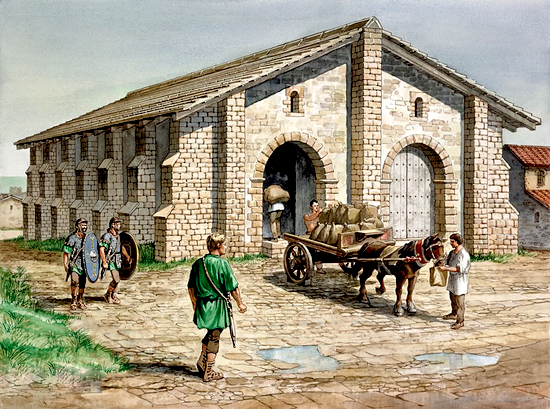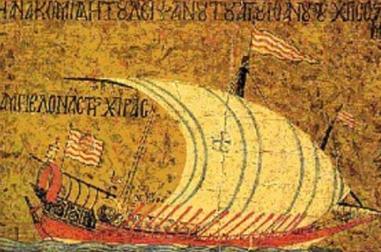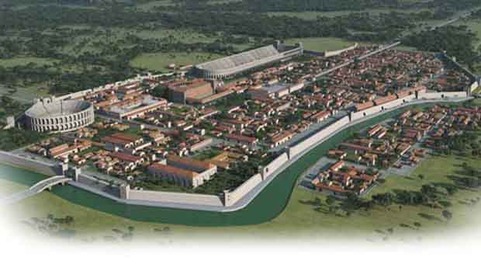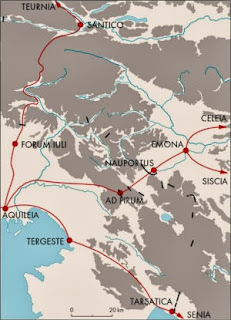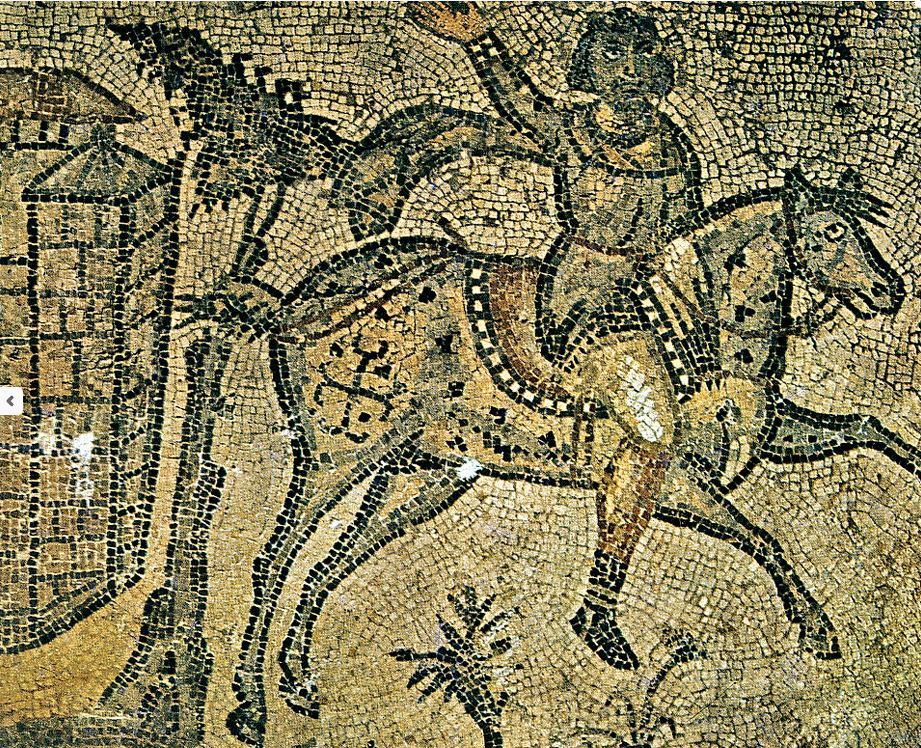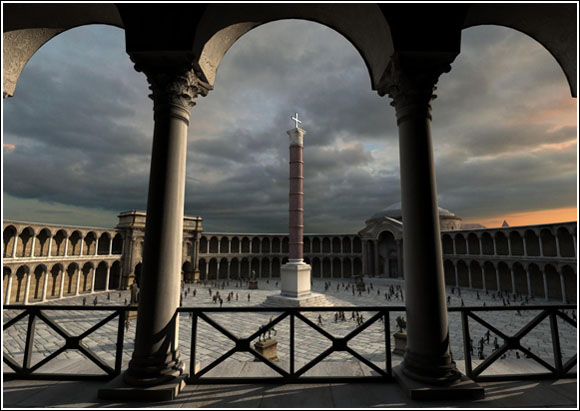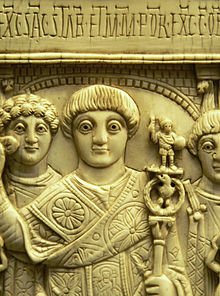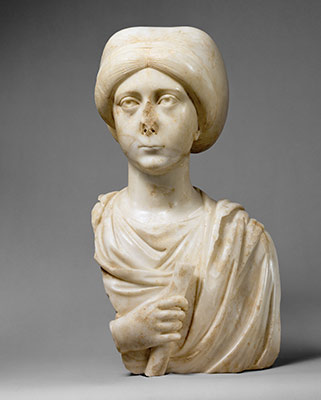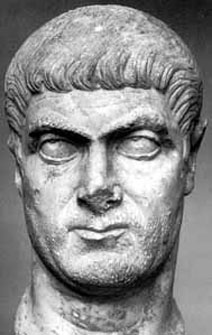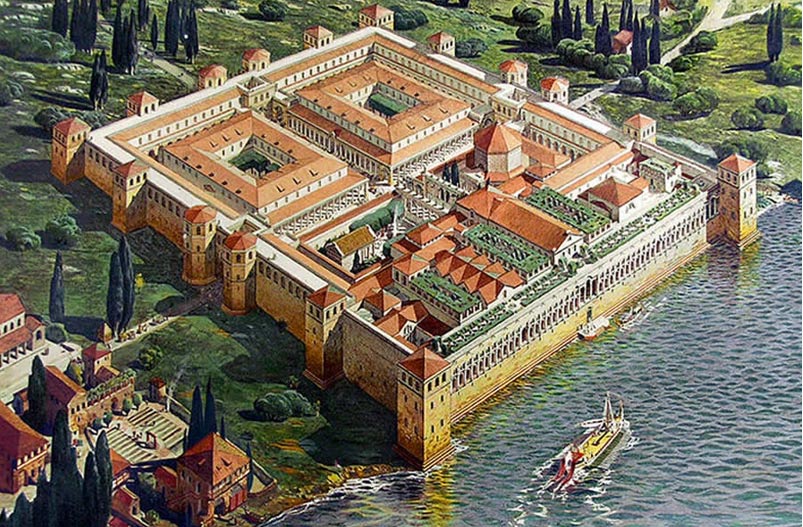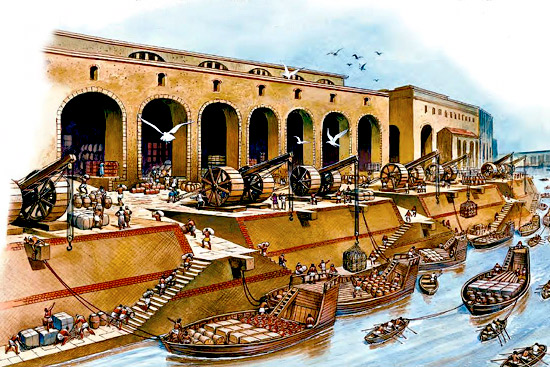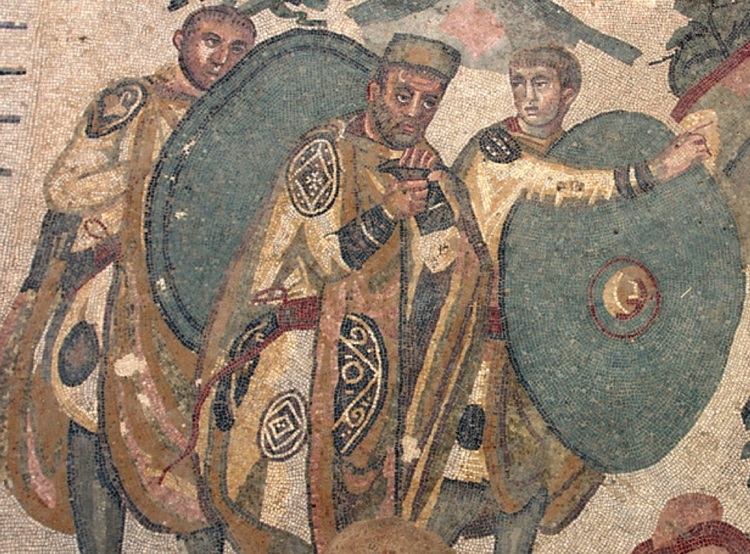Hi everybody, and welcome to my new timeline “From exile to triumph”, a story based on the roman emperor Julius Nepos and how he was able to reverte the destiny of his empire. Feel free to post any comment, suggestion or idea and please forgive me for any error you will find in the story or in the grammar.

Chapter I
In the year 480 the emperor of the West, Flavius Julius Nepos, was preparing an expedition to take back his rightful position as sole ruler of Italy and the empire. This wasn’t the first time the Dalmatian army crossed the sea in order to restore the imperial authority in Italy. Six years earlier that army was sent to Italy to depose the puppet emperor Glycerius and impose the rule of Nepos, elevated to the purple by his colleague in the East Leo, and that same army had threatened many times in the past various usurpers in Italy, while serving under Marcellinus, Nepos’ uncle. It was now his duty to once again save the roman people from tyranny and abuses. During his previous reign in Italy, Nepos committed one fatal error: to trust and appoint as Magister Militum Flavius Orestes, who quickly overthrew the emperor before being killed by a germanic commander serving under the roman army, Odoacer. Despite officially recognizing Nepos as emperor in Italy, Odoacer still refused to let him return to Rome. This situation could no longer be tollerated. During the previous year Nepos made all the preparations necessary for the incoming war, this included the summoning of his army and that of the few allies he could count on. These included 3000 men and money from the Eastern emperor Zeno, who couldn’t provide more soldier due to the recent civil war against Flavius Marcianus (Procopius Anthemius' son) and to the actual war against Theodoricus Strabo. Most of these men were ostrogoths themselves, renowned cavalrymen willing to fight for anyone able to pay them, in this case emperor Zeno. In addition to this men, Nepos also contacted his previous Magister Militum Ecdicius Avitus, Emperor Avitus’ son, a wealthy man and hero of Augustonemetum, and entrusted him with the task to gather reinforces and negotiate with local Barbarian chieftains and Kings. By the beginning of the spring of the next year the emperor was able to muster an army of almost 15000 soldier (including the troops sent by Zeno), among which there were 4000 men able to fight on horse. Most of these men were either Illyrians or barbarian foedereti of Hunnic origin. Meanwhile Ecdicius was able to negotiate deals with some of the most important Kings that were ruling at the time in Gaul: king Euricus of the Visigoths and King Chilpericus II of the Burgundians. It was not the first time Nepos resorted to negotiate with Euricus, the first time in 475 when he negotiated the return of Arelate in exchange for Augustonemetum and the Alvernian region. After the deposition of Nepos, Euricus considered the treaty void and occupied the Gallic city, however thanks to the mediation of the gallic bishop Sidonius Apollinaris, Ecdicius’ brother in law, Euricus showed interested in restoring his ties with Nepos. He didn’t like Odoacer and he feared such an enterpresing king ruling over Italy, so he decided to support militarily Ecdicius, in exchange for recognition of his rule over Arelate and the official end of the "foederati" status for him and his people, a move that would gain him much prestige. Meanwhile Chilpericus II king, along with his three brothers, of the Burgundans, proved willing to help Ecdicius thanks to the fact that in the past he helped the Burgundians during a famine. He was also eager to emerge over his three brothers, and an alliance with the empire seemed the perfect occasion for him to do so. Even the roman general Syagrius, despite the distance, tried to help the emperor with a few hundred men. The reason for this small help was that both Nepos’ uncle and Syagrius’ father had served as fellow commanders under emperor Majorian, thus Nepos was able to win the support of the Magister Militum Per Gallias. The last attempt to restore the rule of Rome in the west was about to begin.

Chapter I
In the year 480 the emperor of the West, Flavius Julius Nepos, was preparing an expedition to take back his rightful position as sole ruler of Italy and the empire. This wasn’t the first time the Dalmatian army crossed the sea in order to restore the imperial authority in Italy. Six years earlier that army was sent to Italy to depose the puppet emperor Glycerius and impose the rule of Nepos, elevated to the purple by his colleague in the East Leo, and that same army had threatened many times in the past various usurpers in Italy, while serving under Marcellinus, Nepos’ uncle. It was now his duty to once again save the roman people from tyranny and abuses. During his previous reign in Italy, Nepos committed one fatal error: to trust and appoint as Magister Militum Flavius Orestes, who quickly overthrew the emperor before being killed by a germanic commander serving under the roman army, Odoacer. Despite officially recognizing Nepos as emperor in Italy, Odoacer still refused to let him return to Rome. This situation could no longer be tollerated. During the previous year Nepos made all the preparations necessary for the incoming war, this included the summoning of his army and that of the few allies he could count on. These included 3000 men and money from the Eastern emperor Zeno, who couldn’t provide more soldier due to the recent civil war against Flavius Marcianus (Procopius Anthemius' son) and to the actual war against Theodoricus Strabo. Most of these men were ostrogoths themselves, renowned cavalrymen willing to fight for anyone able to pay them, in this case emperor Zeno. In addition to this men, Nepos also contacted his previous Magister Militum Ecdicius Avitus, Emperor Avitus’ son, a wealthy man and hero of Augustonemetum, and entrusted him with the task to gather reinforces and negotiate with local Barbarian chieftains and Kings. By the beginning of the spring of the next year the emperor was able to muster an army of almost 15000 soldier (including the troops sent by Zeno), among which there were 4000 men able to fight on horse. Most of these men were either Illyrians or barbarian foedereti of Hunnic origin. Meanwhile Ecdicius was able to negotiate deals with some of the most important Kings that were ruling at the time in Gaul: king Euricus of the Visigoths and King Chilpericus II of the Burgundians. It was not the first time Nepos resorted to negotiate with Euricus, the first time in 475 when he negotiated the return of Arelate in exchange for Augustonemetum and the Alvernian region. After the deposition of Nepos, Euricus considered the treaty void and occupied the Gallic city, however thanks to the mediation of the gallic bishop Sidonius Apollinaris, Ecdicius’ brother in law, Euricus showed interested in restoring his ties with Nepos. He didn’t like Odoacer and he feared such an enterpresing king ruling over Italy, so he decided to support militarily Ecdicius, in exchange for recognition of his rule over Arelate and the official end of the "foederati" status for him and his people, a move that would gain him much prestige. Meanwhile Chilpericus II king, along with his three brothers, of the Burgundans, proved willing to help Ecdicius thanks to the fact that in the past he helped the Burgundians during a famine. He was also eager to emerge over his three brothers, and an alliance with the empire seemed the perfect occasion for him to do so. Even the roman general Syagrius, despite the distance, tried to help the emperor with a few hundred men. The reason for this small help was that both Nepos’ uncle and Syagrius’ father had served as fellow commanders under emperor Majorian, thus Nepos was able to win the support of the Magister Militum Per Gallias. The last attempt to restore the rule of Rome in the west was about to begin.
Last edited:

